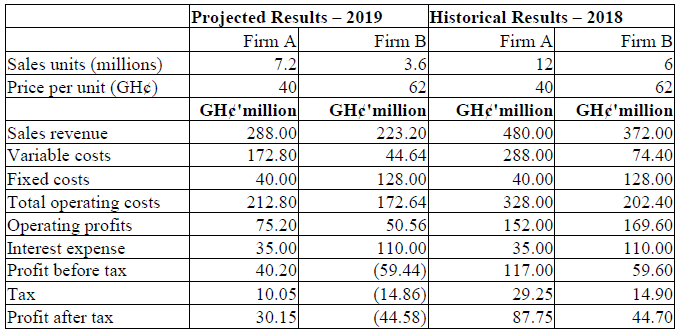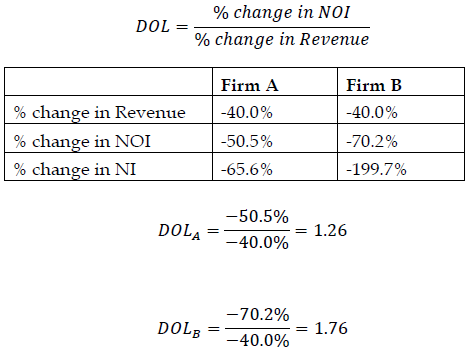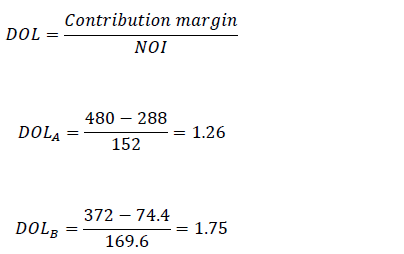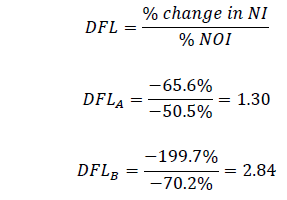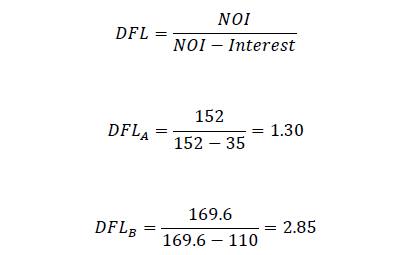Nov 2020 Q4 c.
There are two major opposing views of dividend policy: the Modigliani and Miller’ dividend irrelevance theory and the traditional view of dividend policy.
Required:
i) Distinguish between the TWO (2) opposing views of dividend policy. (2 marks)
View Solution
Dividend irrelevance theory vs the traditional view
On the back of the assumption of a perfect market, the dividend irrelevance theory of Modigliani and Miller explains that the level of dividend does not affect the wealth of shareholders.
Based on the argument of imperfections in the market, the traditional view (dividend relevance theory) explains that the level of dividend payment affects the wealth of shareholders. Thus, dividend policy can be designed to maximise the value of shareholders.
ii) Explain TWO (2) of the dividend relevance theories. (3 marks)
View Solution
The clientele effect:
On the recognition of differences in tax treatments of dividends and capital gains and the existence of transaction costs, the clientele effect explains that investors would prefer the dividend policy that provides the most advantages in terms of taxes and transaction costs relating to investments in shares. Thus, companies should consistently apply the dividend policy that attracts to them a clientele of investors who like the policy.
The bird-in-hand effect:
This explains that investors, in general, prefer dividends to capital gains because a dividend now is more certain than either a promised future dividend from reinvested profit or a capital gain in the future. Thus, companies should pay some dividends now.
Dividend signalling effect:
Dividend payment decisions give signals about the company’s future financial performance. In general, a higher than expected dividend signal that the directors are confident about future financial performance, which may result in an increase in the stock price. A lower than expected dividend may be a signal of financial difficulty in the future, which may cause the stock price to fall.
(2 theories @ 1.5 marks each = 3 marks)

